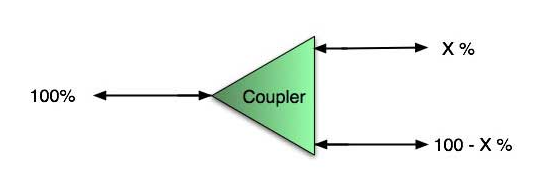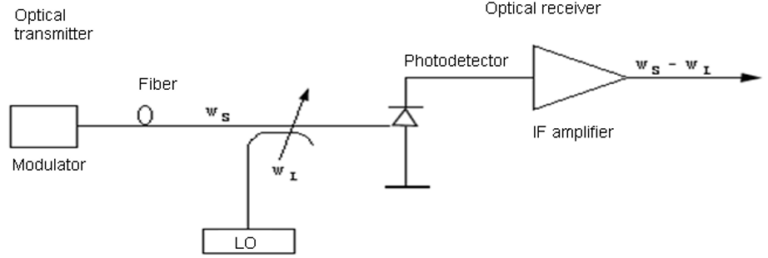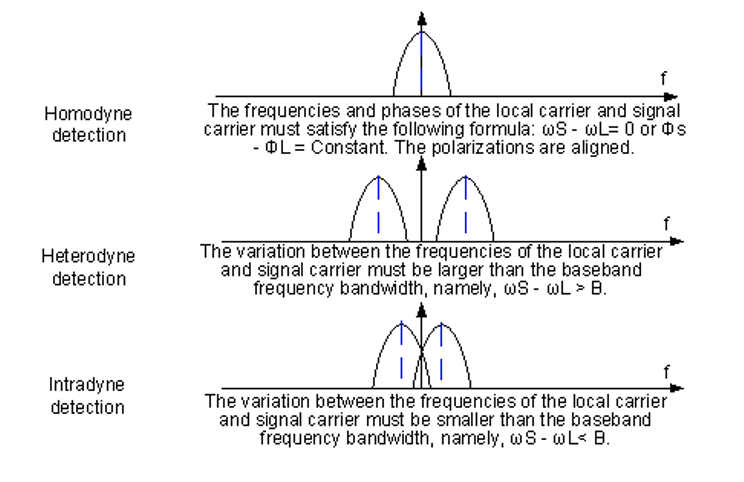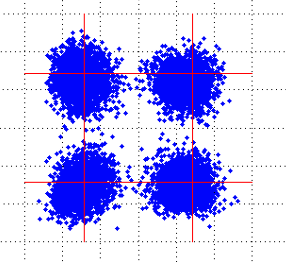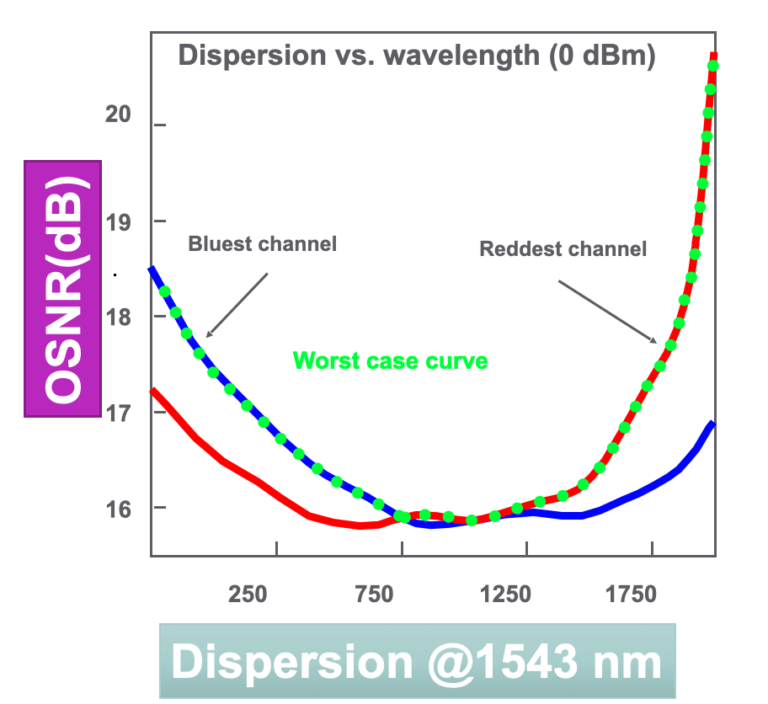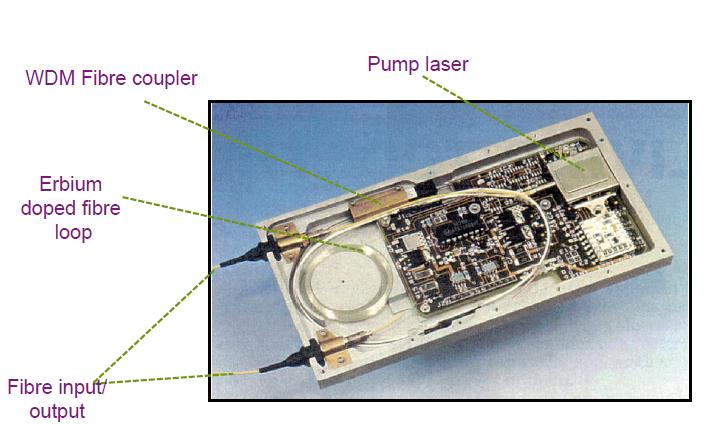Optical communication
Showing 11 - 20 of 24 results
The Optical Time Domain Reflectometer (OTDR) is useful for testing the integrity of fiber optic cables. An optical time-domain reflectometer (OTDR)...
-
Free
-
March 26, 2025
Q is the quality of a communication signal and is related to BER. A lower BER gives a higher Q and thus...
-
Free
-
March 26, 2025
Basic understanding on Tap ratio for Splitter/Coupler Fiber splitters/couplers divide optical power from one common port to two or more...
-
Free
-
March 26, 2025
As we know that either homodyne or heterodyne detection can be used to convert the received optical signal into an electrical form. In the...
-
Free
-
March 26, 2025
What Is Coherent Communication? Definition of coherent light A coherent light consists of two light waves that: 1) Have the...
-
Free
-
March 26, 2025
In a non-coherent WDM system, each optical channel on the line side uses only one binary channel to carry service information. The service transmission...
-
Free
-
March 26, 2025
For coherent signals with wide optical spectrum, the traditional scanning method using an OSA or inband polarization method (EXFO) cannot...
-
Free
-
March 26, 2025
The ITU standards define a “suspect internal flag” which should indicate if the data contained within a register is ‘suspect’...
-
Free
-
March 26, 2025
The main advantages and drawbacks of EDFAs are as follows. Advantages Commercially available in C band (1,530 to 1,565 nm)...
-
Free
-
March 26, 2025
Optical power tolerance: It refers to the tolerable limit of input optical power, which is the range from sensitivity to...
-
Free
-
March 26, 2025
Explore Articles
Explore Courses
Tags
amplifier
automation
ber
Bit Error Ratio
Chromatic Dispersion
Communication technology
Data transmission
DWDM
edfa
EDFAs
Erbium-Doped Fiber Amplifiers
Error correction
fec
Fiber optics
Fiber optic technology
Forward Error Correction
Latency
modulation
network automation
Network Design
network management
Network performance
noise figure
optical
optical amplifiers
Optical communication
Optical fiber
Optical network
optical networking
Optical networks
Optical signal-to-noise ratio
Optical transmission
OSNR
OTN
Q-factor
raman
Raman Amplifier
SDH
Signal amplification
Signal distortion
Signal integrity
Signal quality
Slider
Telecommunications
Ticker



